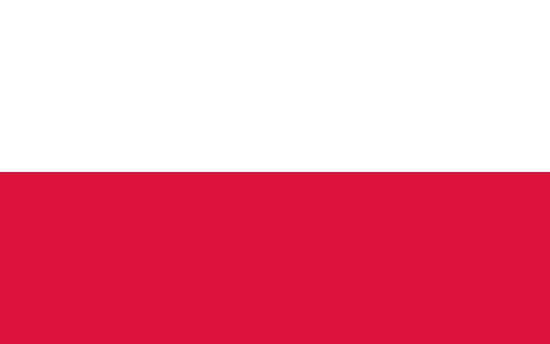"Miasto pokoju | City of Peace"
About:
Oswiecim, Poland, was first mentioned in documents in 1179. It became a duchy in 1315, and later part of the Kingdom of Poland in 1457. The town saw various territorial changes, becoming part of Austria in 1772, then Poland again in 1918. During WWII, Nazis established Auschwitz-Birkenau concentration camp here, leading to the genocide of over a million Jews. Post-war, Oswiecim was restored to Poland. Today, it's a symbol of Holocaust remembrance, with Auschwitz-Birkenau serving as a museum and memorial.
When to visit:
Oswiecim, also known by its German name Auschwitz, is a town in southern Poland that is most famous for being the site of the Auschwitz concentration camp during World War II. The best time to visit Oswiecim for a holiday is during the spring and summer months, from April to September, when the weather is mild and conducive to outdoor exploration. Visitors can expect longer days and pleasant temperatures during these months, making it ideal for visiting the historic sites and museums in the area. It is recommended to avoid visiting in the winter months, as temperatures can drop significantly and may hinder travel plans.
When to avoid:
The worst time to travel to Oswiecim, Poland, on a holiday is during the winter months of December to February. The weather during this time is cold and harsh, with temperatures often dropping below freezing and snowfall being common. Additionally, many tourist attractions and museums may have reduced hours or be closed during the winter season. Travelers may also face challenges with transportation and navigating the city due to icy conditions and limited daylight hours. It is advisable to plan your visit to Oswiecim during the more temperate months of spring or summer for a more enjoyable experience.
Winter (Dec-Feb)
The coldest part of the year in Oswiecim, Poland is from December to February, with temperatures often dropping to -6°C. Snowfall is common, amounting to around 30-40mm per month. Days are short with only 3 hours of sunlight on average and cloud cover is extensive. An average day for a visitor might involve bracing the cold and exploring the town under a white blanket of snow. Many indoor activities like visiting the Auschwitz-Birkenau Memorial and Museum are also available. Dress warmly and be prepared for possible snowstorms.
Summer (June-August)
Oswiecim, Poland experiences its warmest part of the year from June to August. During these summer months, the average high temperature ranges from 22°C (72°F) to 25°C (77°F), while the low temperature varies between 12°C (54°F) to 15°C (59°F). Rainfall is relatively high during this period, with monthly averages of 70-90mm, making it the wettest season.
Sunlight is abundant, with an average of 8-9 hours of sunshine per day. Humidity levels are moderate, generally hovering around 70-75%. As for cloudiness, summer days can vary, with some days being clear and others having partial cloud cover.
A typical day for a visitor during the warmest part of the year in Oswiecim would feel warm and somewhat humid, but not excessively hot. There's a good chance of encountering some rain, especially in the afternoon or evening, so carrying an umbrella or raincoat would be advisable. Despite the occasional rain, there's plenty of sunshine to enjoy outdoor activities. The evenings are cooler, making it comfortable for strolls or dining outdoors.
Language:
Oswiecim, a city in southern Poland, predominantly speaks Polish, the official language of the country. However, due to the city's historical significance and the presence of the Auschwitz-Birkenau Museum, English, German, and Hebrew are also commonly heard, as these languages are often used by international tourists and guides.




